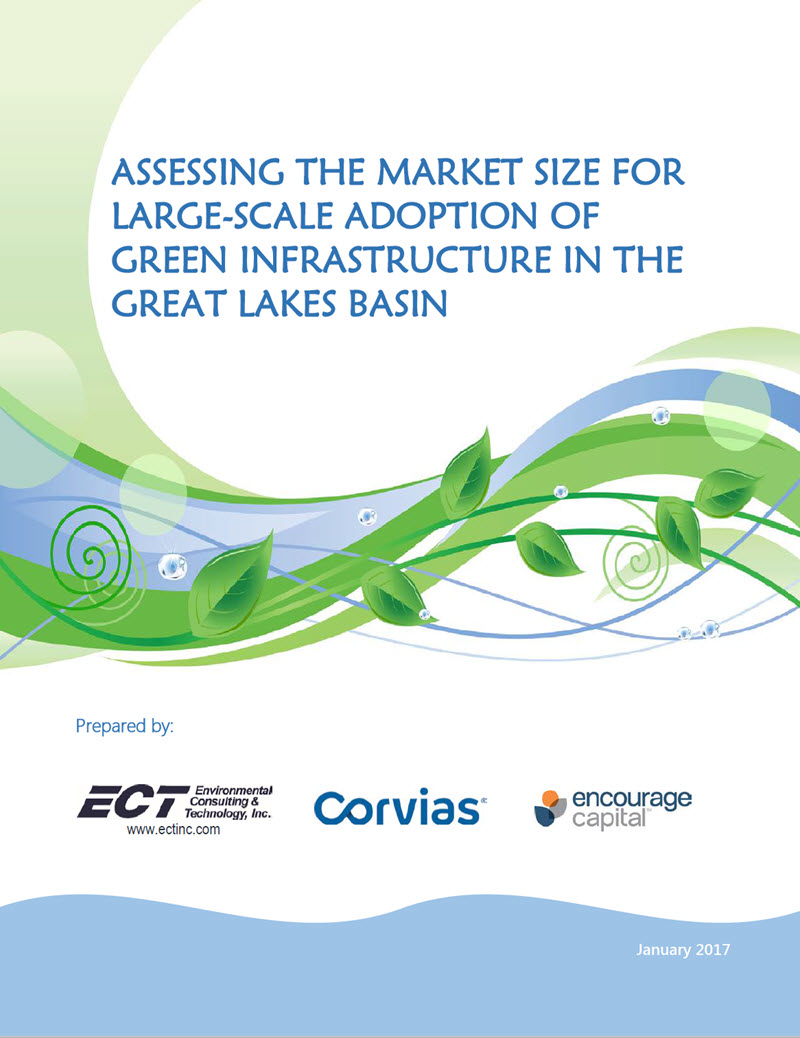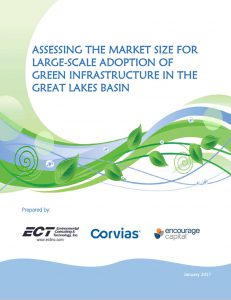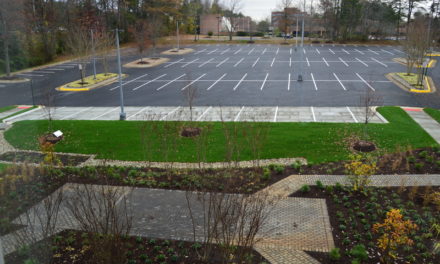By Seth Brown
The playing field for innovation in funding/financing as well as project delivery in the water sector is very full right now. From “green” bonds to pay-for-success as well as performance-based contracting, many new models are on the scene.
A report released Jan. 20, titled, Assessing the Market Size for Large-Scale Adoption of Green Infrastructure in the Great Lakes Basin, helps to shed some light on both private financing of green infrastructure as well as community-based public-private partnerships (CBP3s). CBP3s are a new and emerging model for project delivery and financing.
The report, published by Environmental Consulting & Technology Inc. (Ann Arbor, Mich.), highlights the market potential for private investment in green infrastructure within the five states in the Great Lakes Basin (Ohio, Minnesota, Wisconsin, Illinois, Indiana). The report states this potential exceeds a billion dollars.
Examining funding sources
Beyond private financing, the report discusses the importance of a dedicated revenue source (stormwater utility fee) in the context of enabling financing potential. Additionally, the report authors share thoughts on such federal financing assistance programs as the Clean Water State Revolving Fund (CWSRF) and the Water Infrastructure Finance and Innovation Act (WIFIA). These programs can provide unique value to green infrastructure investments by lowering financing costs in a fashion that enables public financing funds to complement private financing in a package that is simple, transparent, and has reasonable rates of return.
Exploring new financing structures
The report explains how green infrastructure investments can be funded in the context of the CBP3 program approach, as this framework has the great potential to provide a strong financing platform for public and private products. Additionally, the CBP3 approach can lower costs, especially when large-scale investment is made. (The report defines large scale as $50 million.)
The report clearly explains how cities can overcome potential challenges to CBP3s as well as provides information on how communities can start the process of establishing a CBP3 program. This information includes a very useful decision-tree. This tool will enable communities to consider the use of innovative project delivery and financing options for large-scale green infrastructure adoption.






